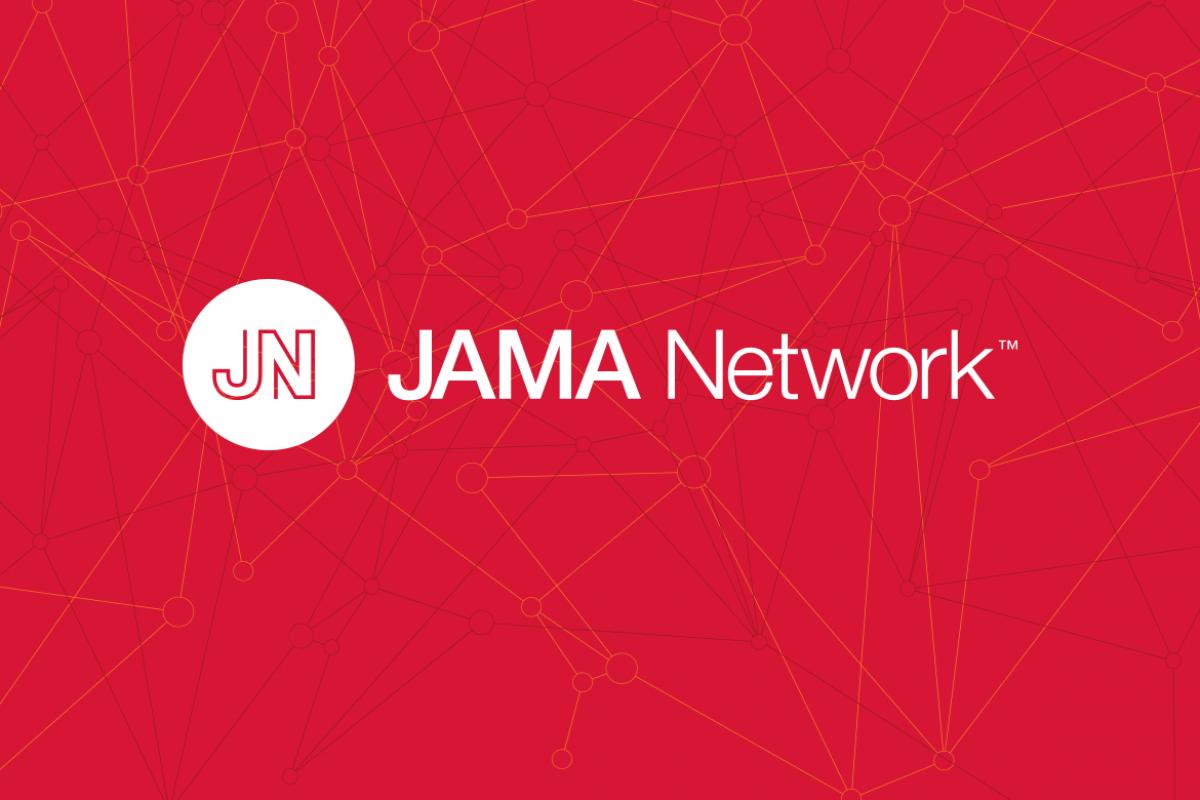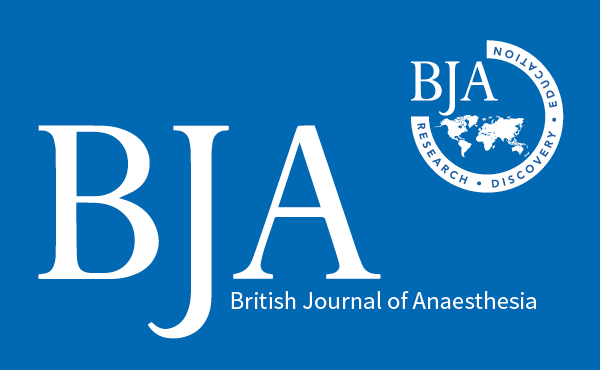
“Importance: Psychosis is a hypothesized consequence of cannabis use. Legalization of cannabis could therefore be associated with an increase in rates of health care utilization for psychosis.
Objective: To evaluate the association of state medical and recreational cannabis laws and commercialization with rates of psychosis-related health care utilization.
Design, setting, and participants: Retrospective cohort design using state-level panel fixed effects to model within-state changes in monthly rates of psychosis-related health care claims as a function of state cannabis policy level, adjusting for time-varying state-level characteristics and state, year, and month fixed effects. Commercial and Medicare Advantage claims data for beneficiaries aged 16 years and older in all 50 US states and the District of Columbia, 2003 to 2017 were used. Data were analyzed from April 2021 to October 2022.
Exposure: State cannabis legalization policies were measured for each state and month based on law type (medical or recreational) and degree of commercialization (presence or absence of retail outlets).
Main outcomes and measures: Outcomes were rates of psychosis-related diagnoses and prescribed antipsychotics.
Results: This study included 63 680 589 beneficiaries followed for 2 015 189 706 person-months. Women accounted for 51.8% of follow-up time with the majority of person-months recorded for those aged 65 years and older (77.3%) and among White beneficiaries (64.6%). Results from fully-adjusted models showed that, compared with no legalization policy, states with legalization policies experienced no statistically significant increase in rates of psychosis-related diagnoses (medical, no retail outlets: rate ratio [RR], 1.13; 95% CI, 0.97-1.36; medical, retail outlets: RR, 1.24; 95% CI, 0.96-1.61; recreational, no retail outlets: RR, 1.38; 95% CI, 0.93-2.04; recreational, retail outlets: RR, 1.39; 95% CI, 0.98-1.97) or prescribed antipsychotics (medical, no retail outlets RR, 1.00; 95% CI, 0.88-1.13; medical, retail outlets: RR, 1.01; 95% CI, 0.87-1.19; recreational, no retail outlets: RR, 1.13; 95% CI, 0.84-1.51; recreational, retail outlets: RR, 1.14; 95% CI, 0.89-1.45). In exploratory secondary analyses, rates of psychosis-related diagnoses increased significantly among men, people aged 55 to 64 years, and Asian beneficiaries in states with recreational policies compared with no policy.
Conclusions and relevance: In this retrospective cohort study of commercial and Medicare Advantage claims data, state medical and recreational cannabis policies were not associated with a statistically significant increase in rates of psychosis-related health outcomes. As states continue to introduce new cannabis policies, continued evaluation of psychosis as a potential consequence of state cannabis legalization may be informative.”
https://pubmed.ncbi.nlm.nih.gov/36696111/
“In this retrospective cohort study of commercial and Medicare Advantage claims data, state medical and recreational cannabis policies were not associated with a statistically significant increase in rates of psychosis-related health outcomes.”
https://jamanetwork.com/journals/jamanetworkopen/fullarticle/2800728

